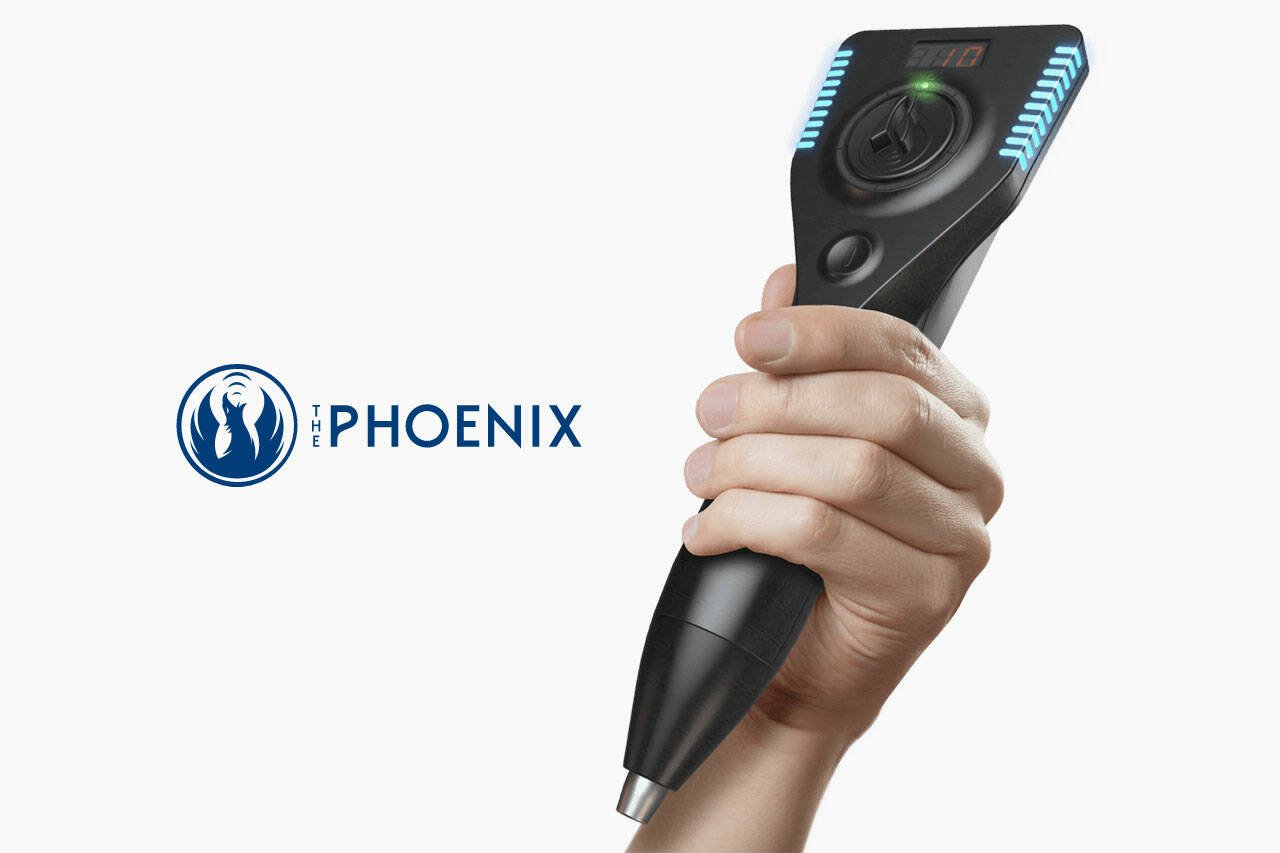Men's Sexual Health - Addressing Erectile Dysfunction
The topic of Erectile Dysfunction (ED) can make many men uncomfortable; despite being exceedingly common, men are often reluctant to discuss this topic with anyone, even their physician. The Massachusetts Male Aging Study reported that approximately 52% of men report some level of erectile dysfunction. The study also demonstrated that ED is increasingly prevalent with age: approximately 40% of men are affected at age 40 and nearly 70% of men are affected at age 70. While ED is highly prevalent - there are effective solutions, especially if men address any sexual challenges early on.
THE CAUSES OF ERECTILE DYSFUNCTION
According to the Cleveland Clinic - there are a number of possible physical causes related to sexual dysfunction in men, including:
Aging
Obesity or being overweight
Cardiovascular disease (high blood pressure, atherosclerosis, and hyperlipidemia)
Prescription drugs (i.e. antidepressants, high blood pressure medicine)
Diabetes
Smoking (current or past history)
Low testosterone levels
Surgery or trauma (i.e. prostate removal)
Peyronie’s Disease
Additionally, psychological issues - including but not limited to stress, depression, effects of past sexual trauma, and performance anxiety - might be causing challenges.
THE IMPACT OF ERECTILE DYSFUNCTION
A decline in sexual performance can be distressing for men - both in and out of the bedroom. Erectile dysfunction or a decreased libido can result in a lack of confidence, relationship stresses, and even depression. That’s why it’s so important to understand that there are many solutions to help treat erectile dysfunction - both quick crutches and long-term preventative strategies.
A COMPREHENSIVE APPROACH
The media is rife with stories of a magical solution to erectile dysfunction: take a pill and your worries will disappear. Viagra and Cialis are great tools. However, we favor using both oral medications as well as a more comprehensive approach. This approach ensures a long-term - and effective - solution to both treat existing ED and prevent and/or slow down potential decline. To find the optimal treatment for each individual, it is critical to evaluate and address any underlying issues - which can range from simply being out of shape to cardiovascular decline to compromised hormone health (such as thyroid or testosterone issues).
Our clinic believes that a multi-pronged approach is often the most successful, so we evaluate each case of erectile dysfunction based on a four-pronged approach:
Obstacle Removal: Pre-existing conditions, weight, lifestyle choices, and medication burden can all be contributing factors to erectile dysfunction, so based on the individual patient, we recommend assessing some issues including:
Improving cardiovascular health
Diabetes and Pre-diabetes
Weight loss
Reducing medications where possible
Implementing 160 minutes of exercise per week
Low-glycemic, whole-food diet
Low testosterone or hypothyroidism
The Hormone Affect - Testosterone Replacement Considerations: Testosterone levels can decline with age - sometimes contributing to ED and loss of libido. We recommend conducting comprehensive labs to help identify some of the aforementioned conditions and evaluate testosterone levels. Low testosterone has been associated with ED and should be addressed in the appropriate patient. It’s important to note, however, that ED is a multi-variable condition, and testosterone replacement on its own is not always the cure-all. You can read more about testosterone replacement therapy on this page.
Medication: It’s important to understand the nuances and strategies of taking oral medications like Viagra, Cialis, Levitra, and Stendra. These PDE5 inhibitors can be helpful to assist in bringing about an erection - and for some men, we might discuss “supercharged” ED meds such as sublingual deliveries or intracavernosal injectables such as Alprostadil and Trimex.
Regenerative Treatments: Because the majority of ED cases are caused by a decline in vascular function (i.e. the health of blood vessels), employing treatments to help improve the number and function of blood vessels is highly effective. Three regenerative options commonly lead to an improvement in erectile function including:
Low-Intensity Shockwave (AKA GAINSWave) Therapy - Shockwave therapy utilizes low-intensity sound waves to increase blood flow to the penis, increase the health of blood vessels, stimulate angiogenesis (growth of new blood vessels), and remove decades of micro-plaques in vessels of the penis, resulting in stronger, more frequent erections.
The P-Shot - The Priapus Shot, or P-Shot, harnesses the power of platelet-rich plasma to give you improved erectile function, penile sensation, stamina, and health - as well as stronger, more frequent erections
The Penis Pump (Vacuum Device) - Vacuum devices, used properly, can improve vascularity and are an excellent follow-up exercise to treatments such as shockwave therapy and the P-Shot.
You can read more about our comprehensive approach to ED on this page.
By being proactive, patients will be better armed to take control of their sexual performance. When you’re ready to get started - just give the office a call at 425-598-0607.




